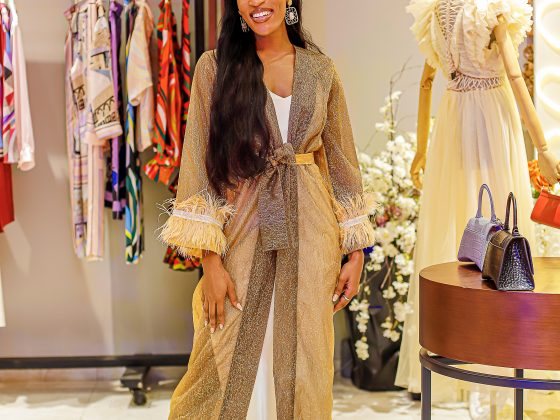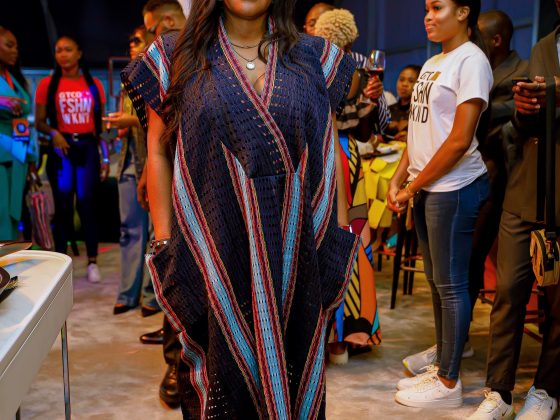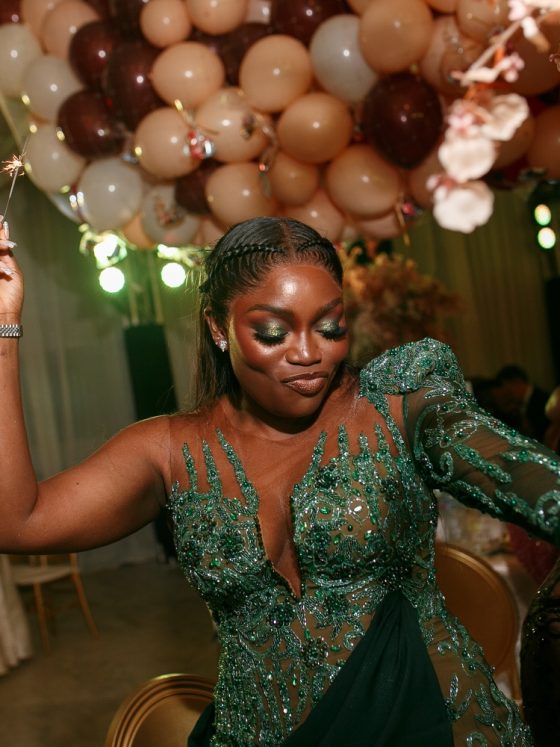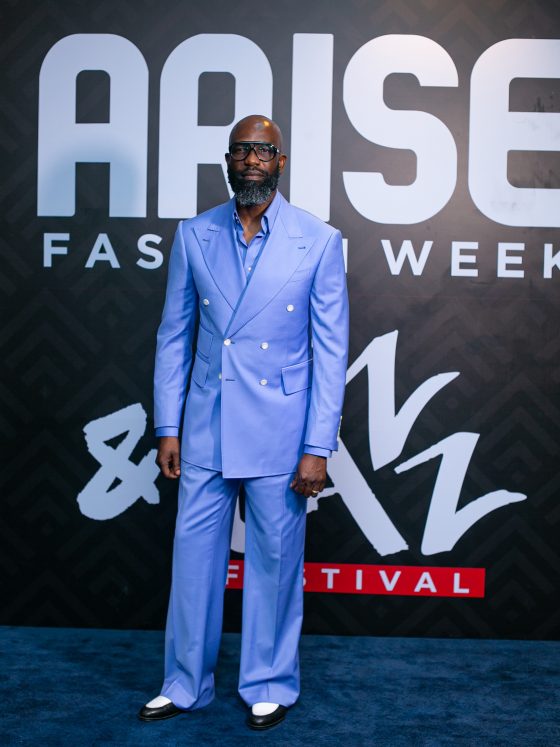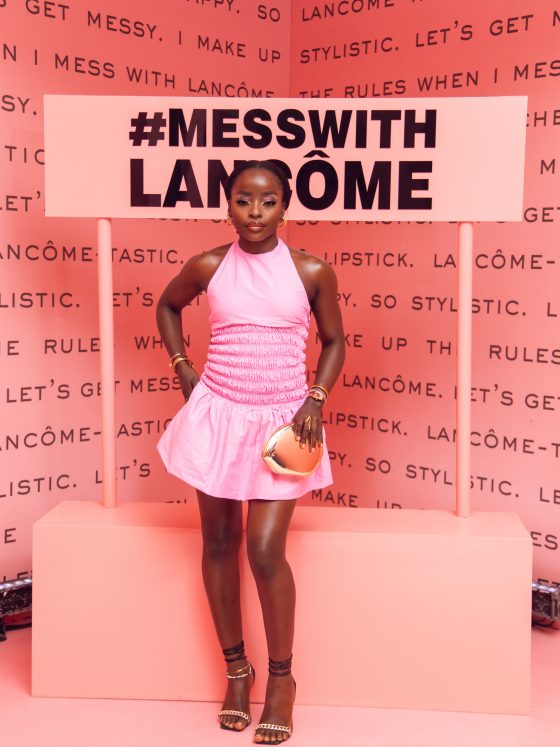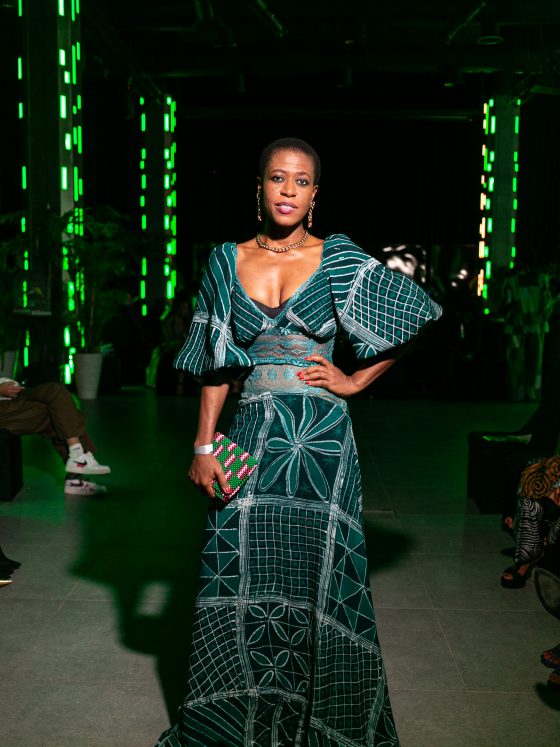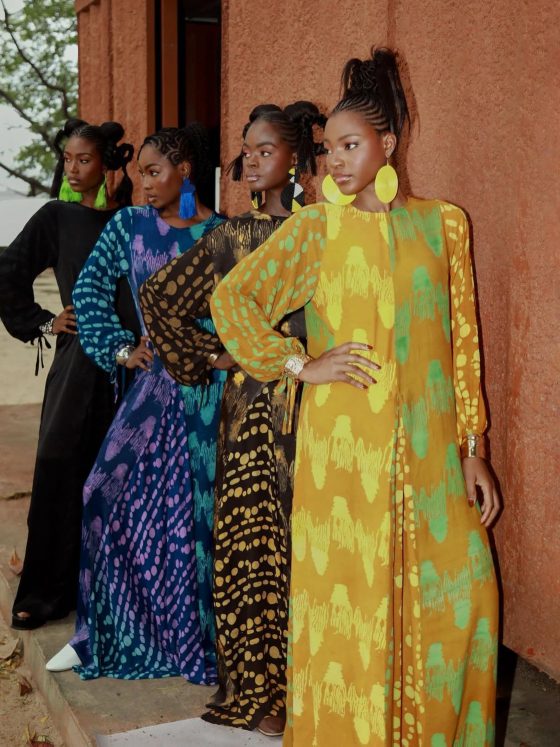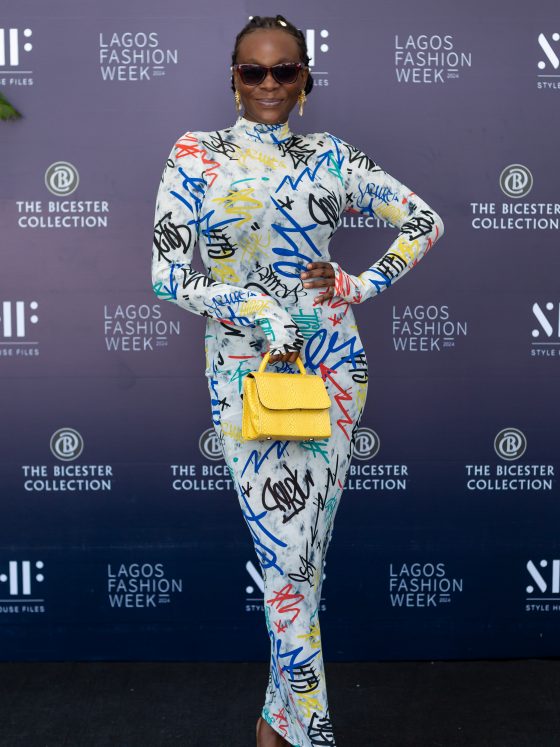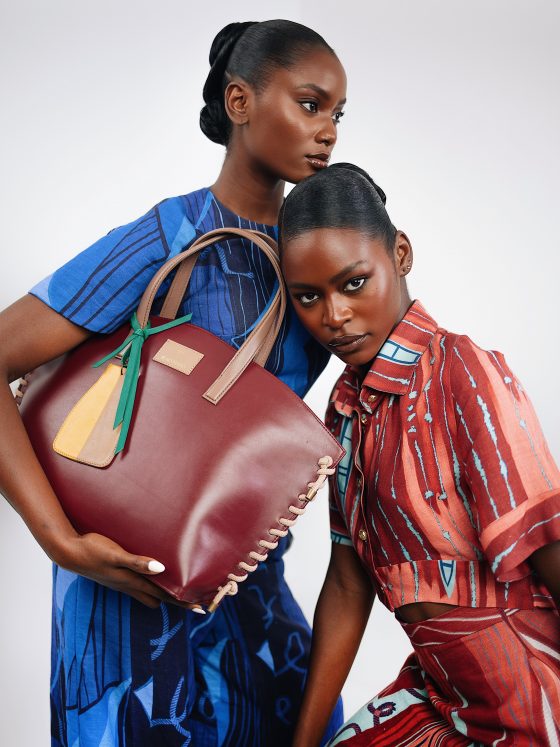Imitation is said to be the sincerest form of flattery, but when it comes to the world of fashion, it often toes the line between admiration and theft. Plagiarism in fashion is not a new phenomenon, but it’s one that has sparked intense debate, especially in an industry that prides itself on creativity and innovation. Why is there so much imitation, and what does it mean for the designers who work tirelessly to bring their visions to life?
The Blurred Boundaries of Inspiration and Imitation
Fashion is inherently cyclical—trends resurface, often reimagined for the times. But when does inspiration morph into blatant imitation? The rapid spread of runway images on social media means that within moments, designs are seen by millions. This visibility is a double-edged sword. On one hand, it fuels excitement and accessibility; on the other, it paves the way for fast fashion brands to churn out near-identical copies at breakneck speed. The result? A diluted version of the original, sold for a fraction of the price.
Some might argue that this democratises fashion, making it accessible to those who can’t afford luxury brands. But at what cost? The true value of creativity and originality becomes questionable when designs are copied and sold without crediting the original designer, a blatant injustice that should stir a sense of moral outrage.
The Toll on Designers
For designers, fashion isn’t just about creating garments—it’s about weaving a narrative. Every collection tells a story, reflecting the designer’s unique viewpoint, shaped by personal experiences, heritage, and vision. When these designs are copied, it’s not just a piece of fabric being stolen—it’s the designer’s voice and story. The financial repercussions can be severe, particularly for emerging designers who lack the resources to legally challenge copycats. A single plagiarised piece can unravel an entire collection’s success, and in such a competitive industry, it can be the difference between making it or breaking it.



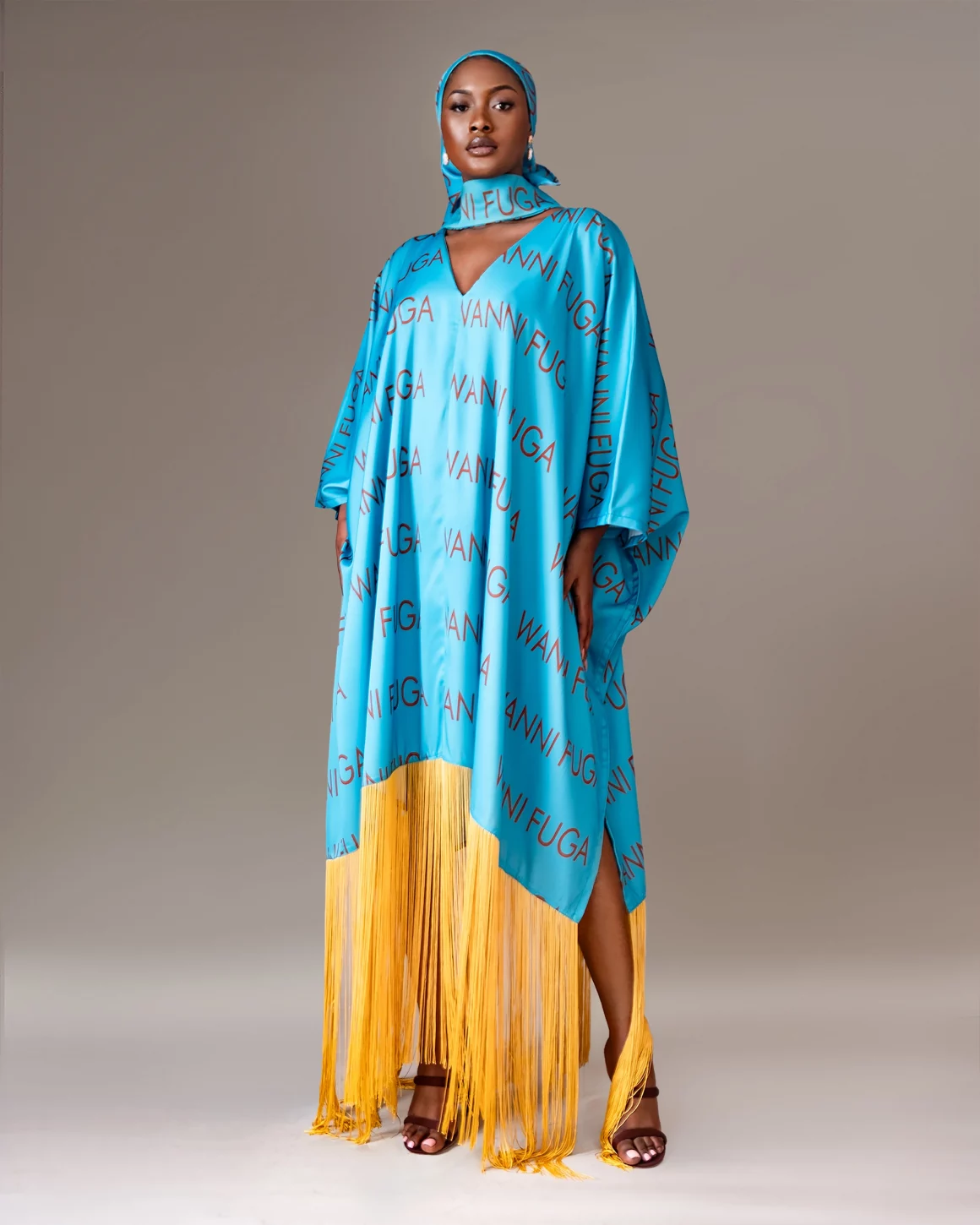

Why Does Plagiarism Persist?
So why does imitation continue to thrive in fashion despite its damaging effects? The industry’s relentless pace is a major culprit. Designers are under immense pressure to produce multiple collections each year, leaving little room for true innovation. In this fast-paced environment, the lines between inspiration and imitation blur easily.
Moreover, the global nature of fashion today means that designs are instantly accessible worldwide. This exposure, while beneficial in some ways, also makes it easier for designs to be copied and reproduced, particularly in markets with weak intellectual property protections.
The Domino Effect of Plagiarism
Plagiarism in fashion doesn’t just harm the original creators; it impacts consumers and the industry at large. When consumers buy knock-offs, they’re not just saving money but perpetuating a cycle that undermines creativity. This can be particularly devastating for emerging designers who lack the resources to defend their work against larger brands. When designers see their hard work copied with impunity, it can stifle their creativity and discourage them from pushing boundaries, knowing their innovations might be stolen with little consequence.
Finding Solutions: Protecting Creativity in Fashion
Addressing plagiarism in fashion requires a multifaceted approach. Stronger legal protections for fashion designs are a must. The industry needs to push for laws that recognise and protect designers’ intellectual property, ensuring that those who create original works retain ownership of their ideas.
Fashion houses and designers should also proactively track and call out plagiarism. Publicly exposing copycats can serve as a deterrent, sending a message that such behaviour won’t be tolerated. Consumers, too, have a role to play—by being more discerning about where they buy their clothes and supporting brands that prioritise originality and ethical practices, they can help foster a culture of creativity.
Another potential solution is to rethink the fast fashion model. Fashion companies could encourage a culture where creativity is valued over speed, allowing designers more time to develop their collections and experiment with new ideas. Slowing down the pace could lead to more thoughtful, innovative designs and reduce the temptation to imitate.
Finally, education is key. Fashion schools must emphasise the importance of originality, not just in design but in ethical practices. By instilling these values in students from the start, the next generation of designers will be better equipped to navigate the fine line between inspiration and imitation.
Ultimately, fashion is at its best when original, innovative, and true to the designer’s vision. Protecting that vision is crucial—not just for the designers but for the integrity of the industry as a whole.


